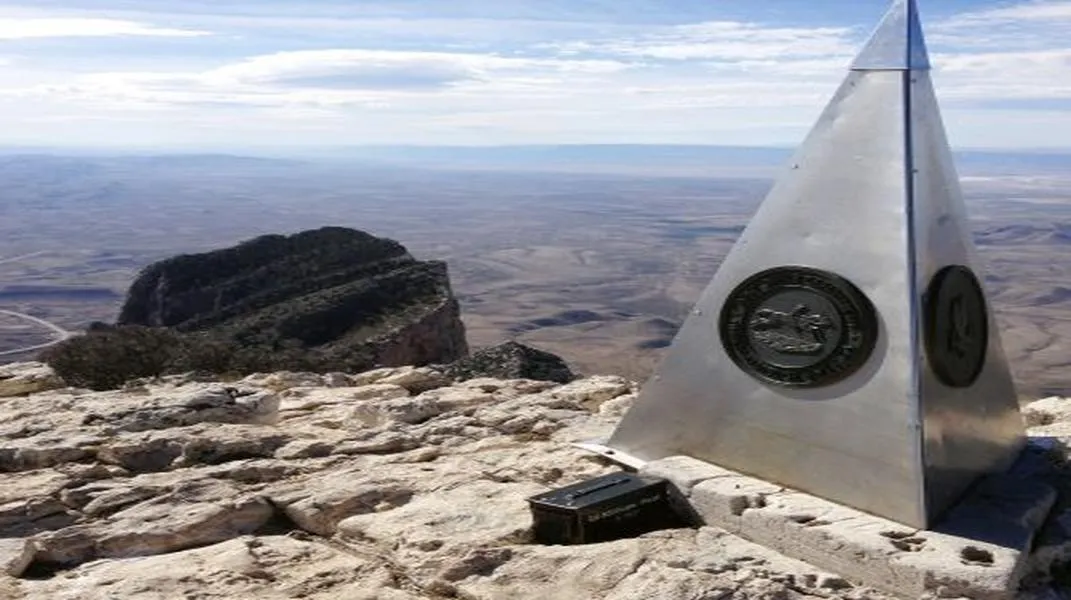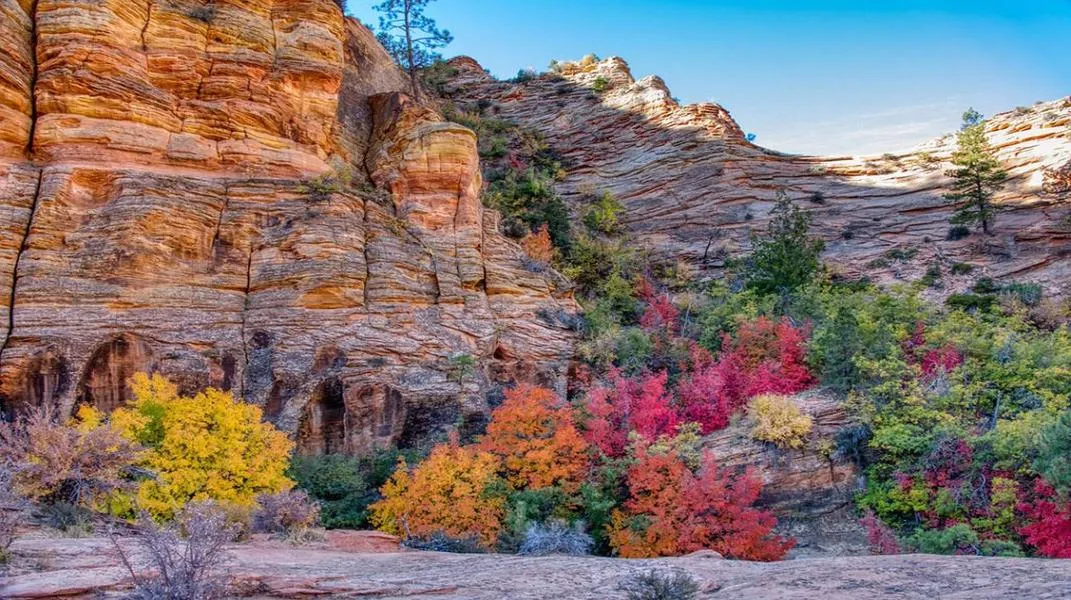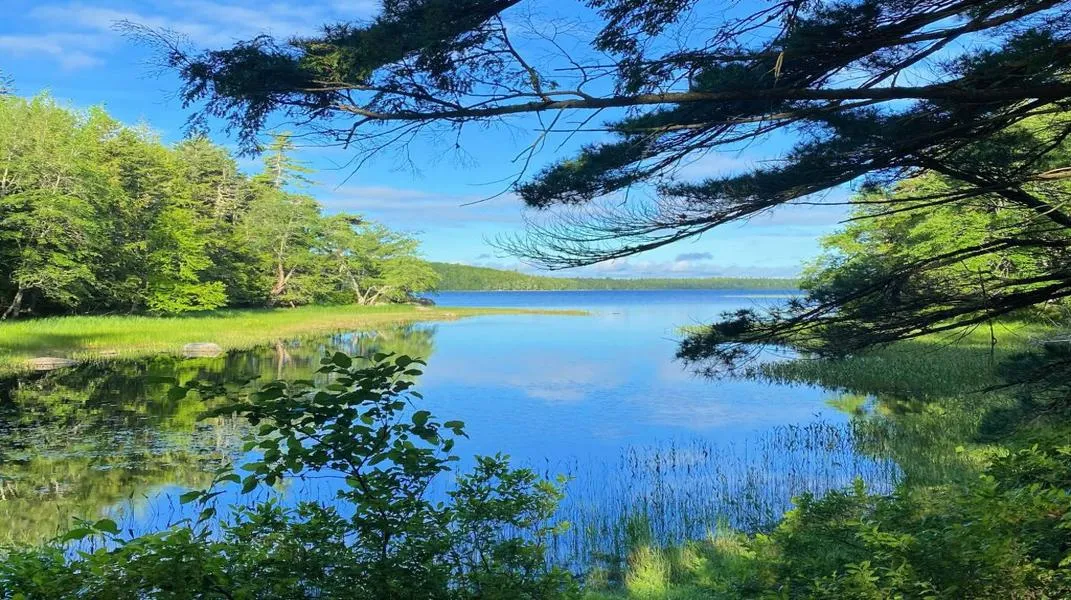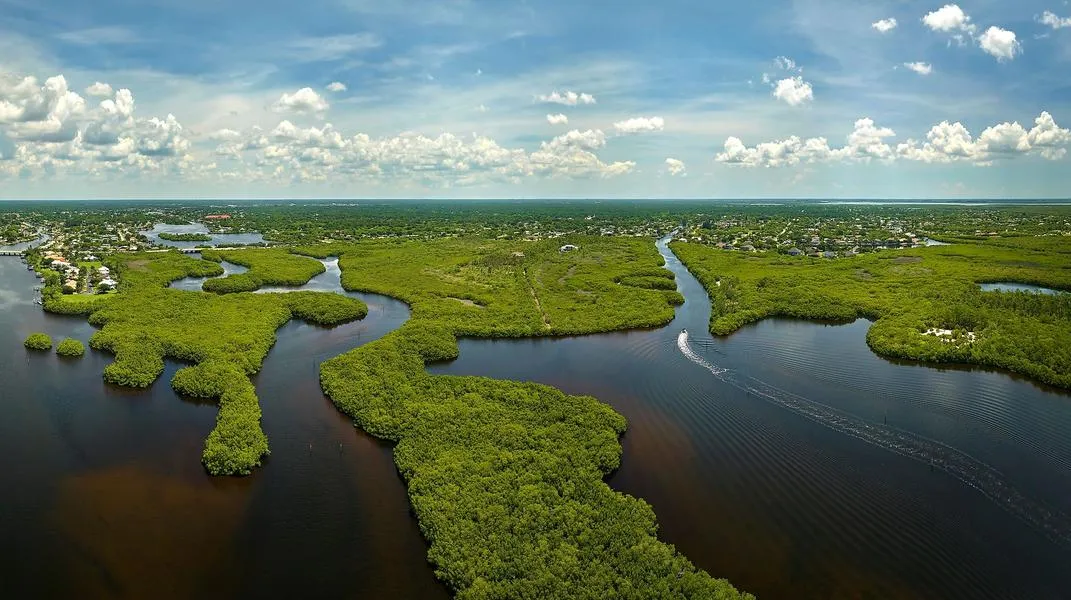Glenveagh National Park: A Majestic Escape into Nature
Nestled in the heart of County Donegal, Ireland, Glenveagh National Park stands as a testament to the country’s stunning natural beauty and rich heritage. Encompassing over
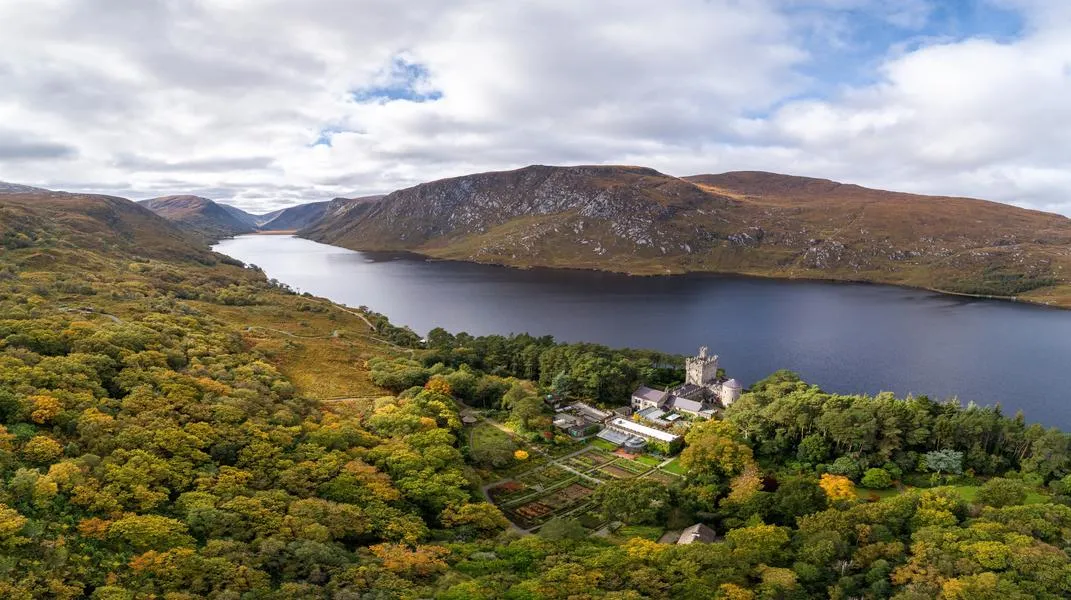
A Brief History of Glenveagh National Park
Glenveagh National Park was established in 1984, but its history dates back much further. The area was once part of the land owned by the wealthy American industrialist John George Adair, who purchased the Glenveagh estate in the 19th century. Adair transformed the landscape, building the stunning Glenveagh Castle in the 1870s, which remains one of the park’s most iconic landmarks today. The castle, designed in the Scottish baronial style, was constructed from local granite and is surrounded by beautifully landscaped gardens.
In the early 20th century, the estate was inherited by Adair's family, who continued to develop the gardens and parkland. However, in the 1950s, the estate was sold to the Irish government, which later designated it as a national park. Today, Glenveagh National Park attracts visitors from all over the world, eager to explore its rich history and breathtaking landscapes.
Exploring the Natural Beauty of Glenveagh
Glenveagh National Park is renowned for its diverse ecosystems, which include a mix of mountains, woodlands, and wetlands. The park's dramatic scenery is dominated by the Derryveagh Mountains, whose peaks rise majestically above the lush valleys below. The park is home to several hiking trails, ranging from leisurely strolls to challenging treks, each offering stunning views of the surrounding landscape.
Hiking Trails
1. The Glenveagh Castle Loop: This relatively easy trail takes you on a circular route around Glenveagh Castle and its gardens. The loop is approximately 3 kilometers long and offers breathtaking views of the castle and the surrounding hills. It's an ideal choice for families and those looking for a gentle introduction to the park.
2. The Errigal Mountain Trail: For those seeking a more challenging hike, the Errigal Mountain Trail is a must. This trail leads you to the summit of Errigal, the highest peak in County Donegal, standing at 751 meters. The trek is steep and demanding, but the panoramic views from the top are well worth the effort.
3. The Lough Veagh Trail: This moderate 6-kilometer trail takes you around the shores of Lough Veagh, allowing you to experience the tranquil beauty of the park's lakes. The trail is well-marked and offers opportunities for birdwatching and photography.
4. The Wild Atlantic Way Loop: This longer, more strenuous trail offers a unique perspective on the park's rugged coastline. The loop spans approximately 12 kilometers and takes you through wildflower meadows, coastal cliffs, and ancient woodlands.
Flora and Fauna
Glenveagh National Park is home to a rich variety of flora and fauna, making it a paradise for nature enthusiasts. The park's diverse habitats support a wide range of species, many of which are unique to the region.
- Flora: The park's woodlands are primarily composed of native oak, birch, and rowan trees, while the mountains are adorned with heather and a variety of wildflowers during the warmer months. The gardens surrounding Glenveagh Castle feature exotic plant species, some of which were introduced by the Adair family.
- Fauna: Glenveagh is also famous for its wildlife, including red deer, which roam freely throughout the park. Birdwatchers will delight in the opportunity to spot golden eagles, hen harriers, and various songbirds. The park's lakes are home to a variety of fish species, making it a popular spot for anglers.
Glenveagh Castle: A Historical Gem
One of the most captivating aspects of Glenveagh National Park is Glenveagh Castle itself. The castle, with its imposing towers and picturesque setting, is a focal point of the park. Guided tours of the castle provide insight into its history, architecture, and the lives of its former inhabitants.
The Gardens
The gardens surrounding Glenveagh Castle are equally impressive. Designed in the Victorian style, they feature a mix of formal and informal plantings, including a vast array of flowers, shrubs, and trees. The gardens are beautifully maintained and provide a peaceful setting for visitors to relax and take in the natural beauty of the area.
Visitor Center
The park's visitor center offers a wealth of information about Glenveagh's history, ecology, and opportunities for exploration. The center features exhibits, a café, and a shop where visitors can purchase local crafts and souvenirs. It is an excellent starting point for anyone looking to learn more about the park and its offerings.
Preparing for Your Visit to Glenveagh National Park
To make the most of your visit to Glenveagh National Park, it’s essential to prepare adequately. Here are some materials and tips to consider when planning your trip:
1. Clothing and Footwear
- Layered Clothing: The weather in Donegal can be unpredictable, so it's advisable to wear layers. This allows you to adjust your clothing based on changes in temperature and weather conditions.
- Waterproof Jacket: A waterproof and windproof jacket is essential for staying dry and comfortable during unexpected rain showers.
- Comfortable Footwear: Sturdy hiking boots with good ankle support are recommended, especially if you plan to tackle the more challenging trails. Ensure that your footwear is broken in to avoid blisters.
2. Backpack Essentials
- Water Bottle: Staying hydrated is crucial, especially during long hikes. Bring a reusable water bottle and consider packing a water purification system if you plan on hiking for an extended period.
- Snacks: Pack energy-boosting snacks such as trail mix, energy bars, or sandwiches to keep your energy levels up during your adventures.
- First Aid Kit: A small first aid kit with essentials like band-aids, antiseptic wipes, and pain relievers can be invaluable in case of minor injuries.
3. Navigation and Safety
- Map and Compass: While the park is well-marked, a detailed map of the trails and a compass can be helpful, especially if you plan to explore less-traveled paths.
- Mobile Phone: While mobile service may be limited in remote areas of the park, having your phone with you can be useful for navigation and emergency communication.
- Tell Someone Your Plans: Before setting out, inform a friend or family member about your hiking plans, including your expected return time.
4. Photography Equipment
- Camera: The stunning landscapes of Glenveagh National Park are a photographer's dream. Bring a camera or smartphone to capture the breathtaking scenery, wildlife, and historic sites.
- Binoculars: If you're an avid birdwatcher or wildlife enthusiast, binoculars can enhance your experience by allowing you to see animals up close without disturbing them.
5. Timing Your Visit
- Best Time to Visit: The ideal time to visit Glenveagh National Park is during the late spring and summer months (May to September) when the weather is generally milder, and the flora is in full bloom. However, autumn also offers its own unique beauty, with vibrant fall colors gracing the landscape.
- Visitor Center Hours: Check the hours of the visitor center before your visit, as they may vary seasonally. The center provides essential information and resources for your day in the park.
Conclusion
Glenveagh National Park is a hidden gem in the heart of Ireland, offering a rich tapestry of natural beauty, history, and adventure. From the majestic Derryveagh Mountains to the tranquil shores of Lough Veagh, every corner of the park invites exploration and discovery. Whether you're hiking the trails, visiting the historic Glenveagh Castle, or simply enjoying the serenity of the landscape, a visit to this national park promises an unforgettable experience. By preparing adequately and embracing the natural wonders that await, you'll create memories that will last a lifetime in one of Ireland's most enchanting destinations.

